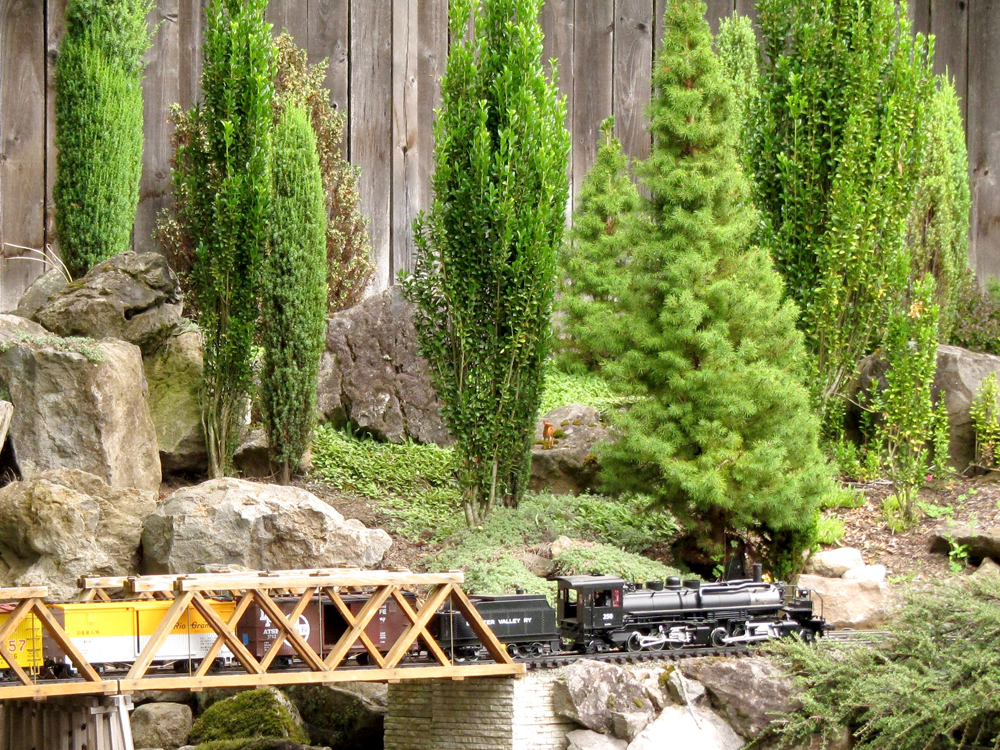
Common name: Columnar Japanese holly Latin name: Ilex crenata ’Sky Pencil’; synonym I.c. ‘Sky Sentry’ Plant type: Shrubs & small trees Plant size: 4-6′ high x 4-12″ wide USDA Hardiness Zones: 5-9 Cultural needs: Sun; moist, drained soil Introduced by the National Arboretum in 1985, columnar Japanese holly is usually called Sky Pencil or Sky […]
Read More…
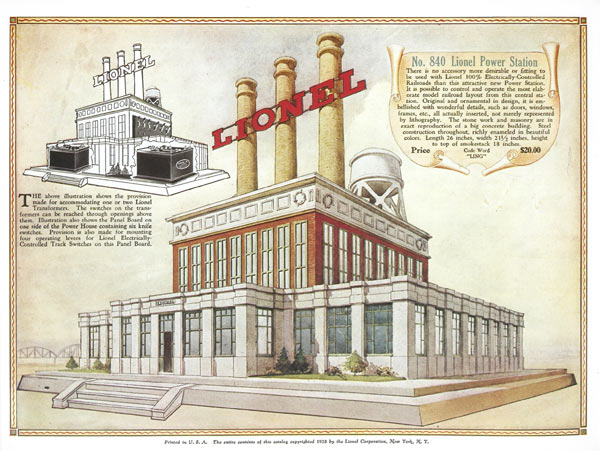
One night in 1992, I was in Bombay (now Mumbai), India, waiting for a plane. Bombay is about as far away as a person can travel from Little Silver, N.J., where I grew up, and just as far from the Lionel fun factory where my greatest find was manufactured. But because one day I asked […]
Read More…

My greatest find could also be known as the one that almost got away. This Lionel outfit was sitting on a shelf of a local pawnshop for quite some time, collecting dust with many other items that no one was interested in buying. Enter my wife, who had worked for a large telecommunications company that […]
Read More…
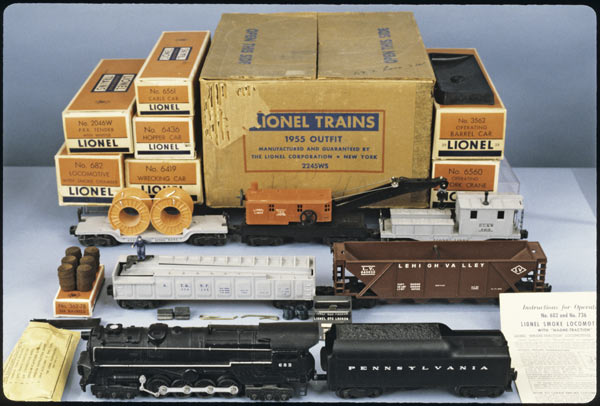
Being a longtime toy train collector and a member of the Train Collectors Association since 1971, I have had more than my share of great finds. Recently, though, I chanced upon one that I consider my greatest. Turbines without and with Magne-Traction Like most postwar train enthusiasts, I have always liked the model of the […]
Read More…

Lionel Mint Car Coin collection with a matching collection of souvenir US Mint coins In 1961, when Lionel first produced the #6445 Fort Knox Gold Bullion Car, it had a coin slot in the top so it could be used as a bank. In 1979, when the car was reproduced as #9320, Lionel also created […]
Read More…

Isn’t amazing how a single vintage photograph of a store that stocked electric trains can serve as a time machine to carry us back several decades. Pictures like this one are scarce, and so we at Classic Toy Trains know how fortunate we are to be able to share it with you. Our gratitude goes […]
Read More…
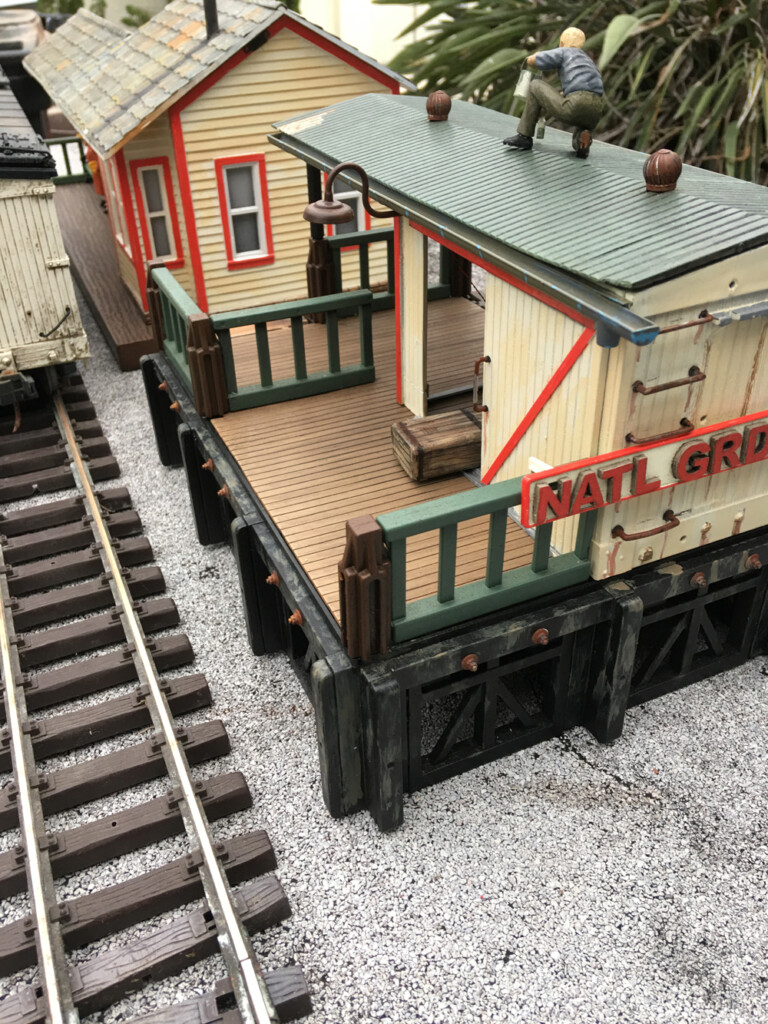
Sometime ago I decided to build a combination small rural station with a freight house. I often use pieces of several kits (or sometimes broken items) to make my projects. For this one, I started with a Korber station and used part of an Aristo-Craft platform to add waiting platform with roof. I wanted the […]
Read More…

Q: Way, way back in the 20th century, I think in the 1980s (though I’m probably wrong), Model Railroader ran an article about making your own coupler height gauges in the various scales, including TT scale. Can you advise which issue that was? None are available in TT today, and I could use a couple on […]
Read More…
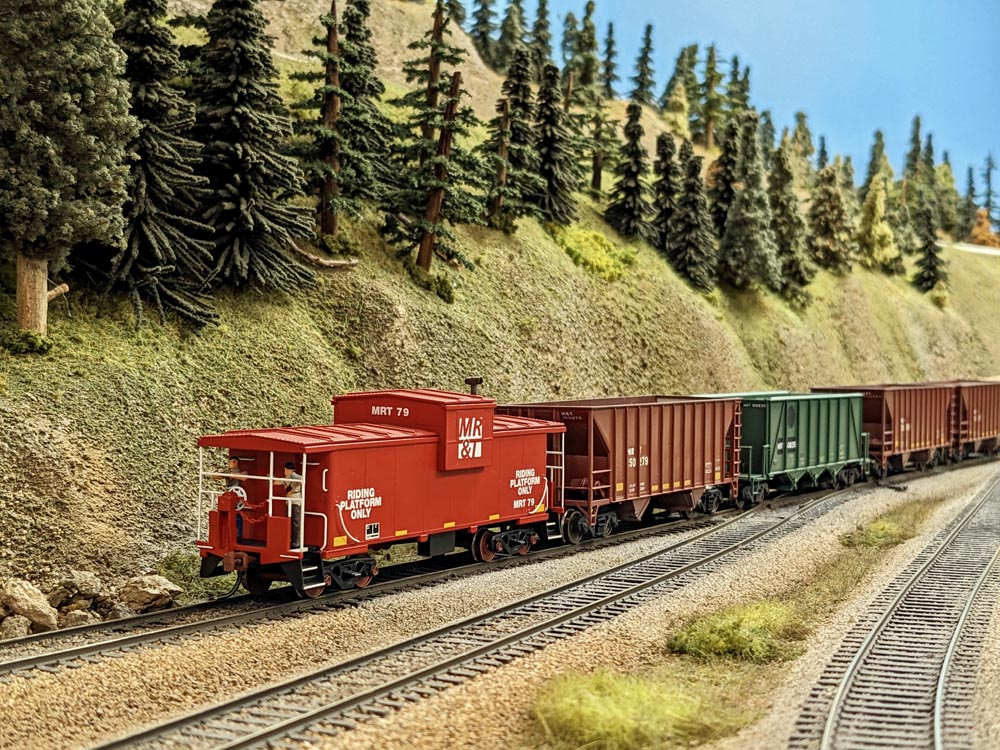
Cabooses (no, not cabeese) were a common occurrence on freight trains throughout most of the 1900s, yet we rarely see them today. Why is that? When did they stop operating? Where did they go? And lastly, how can I model the last days of the caboose on my layout? Why? In one word: technology. Advances […]
Read More…
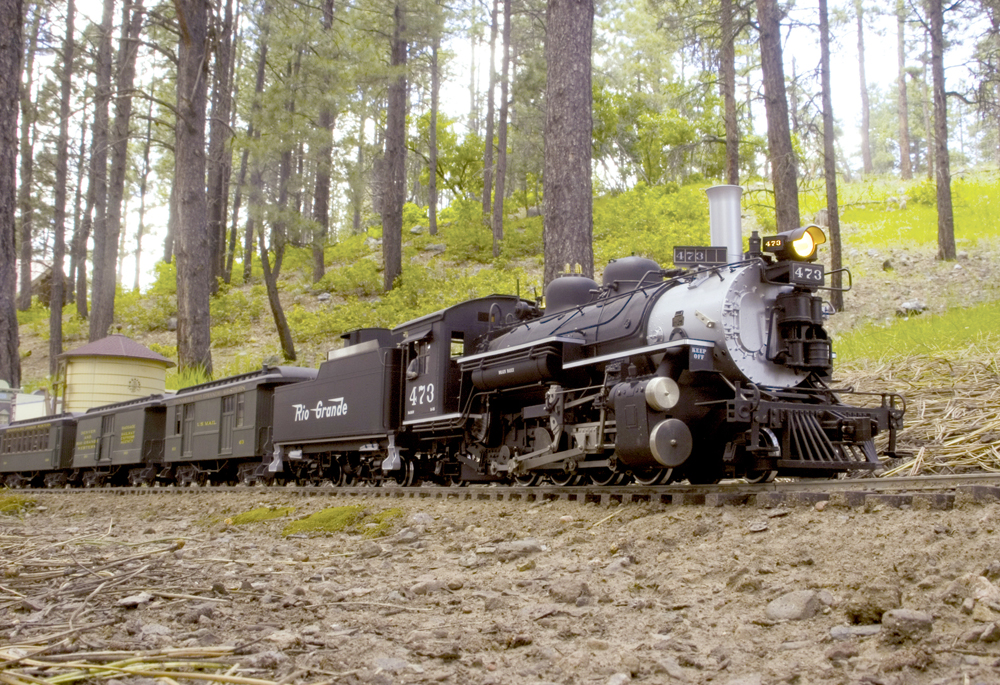
Steam locomotives in the garden Do you have a photo you’d like considered for a future gallery? Email editor@gardenrailways.com for more information. […]
Read More…
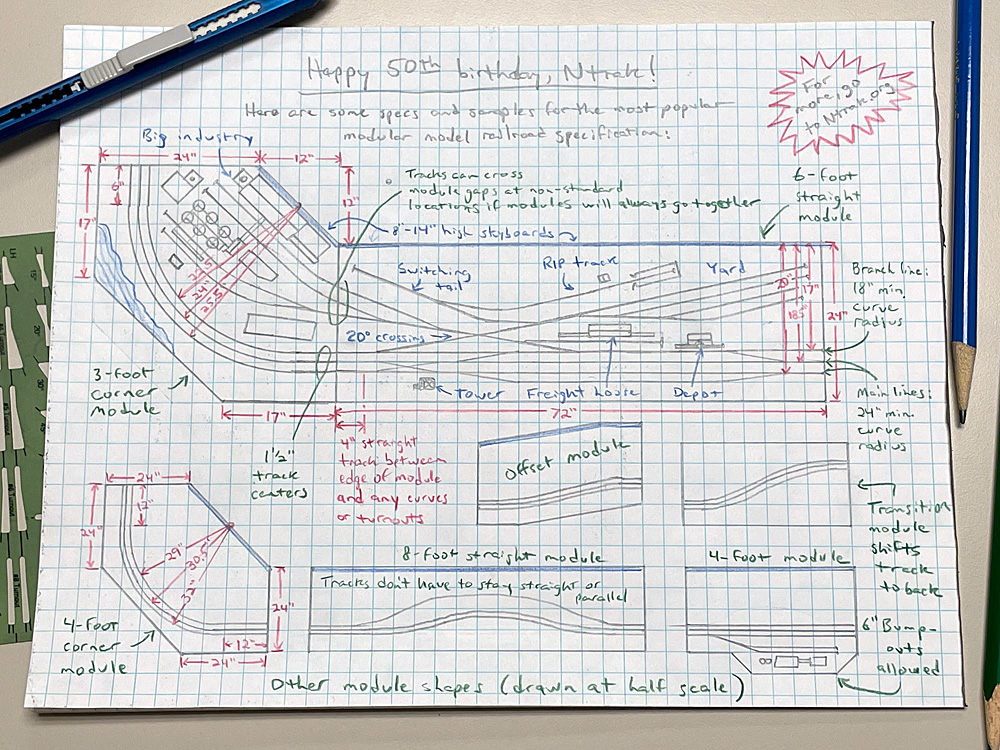
To mark the 50th anniversary of Ntrak, I thought I’d take a look at the Ntrak modular standard and sketch up a sample track plan for a couple modules. Ntrak started at an N scalers’ gathering in Signal Hill, Calif., in 1973, where the modelers were discussing ways to get more people into their favorite […]
Read More…
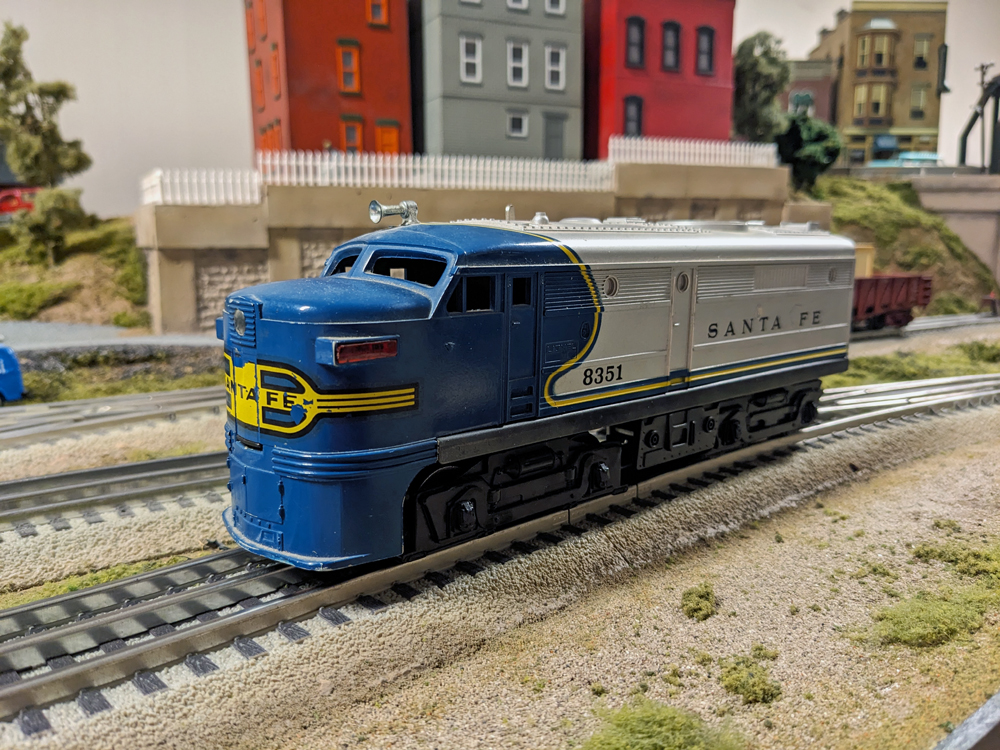
Lionel Santa Fe Alco diesel Q: What toy train locomotive means the most to you? A: The locomotive that means the most to me is the Lionel Santa Fe Alco diesel. Yes, that’s right, Lionel only called it an “Alco diesel” with no designation of Alco model. It’s decorated in the attractive Santa Fe “Bluebonnet” […]
Read More…












